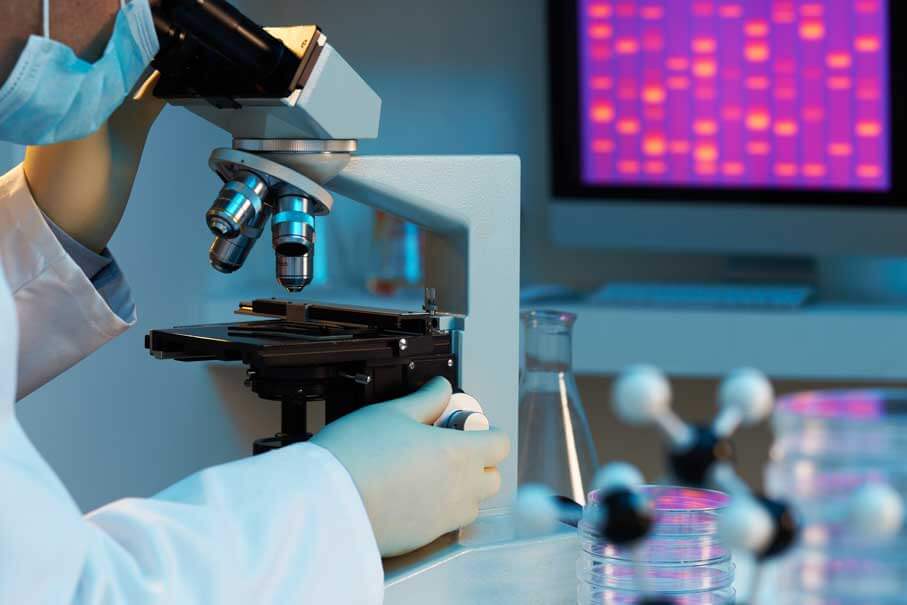Biomarkers of mercury toxicity: Past, present, and future trends
 Realizing that mercury is a global health concern, scientists from various parts of the globe, Portugal, Brazil, and the United States, set out to accomplish the much needed task of identifying biomarkers of mercury toxicity.
Realizing that mercury is a global health concern, scientists from various parts of the globe, Portugal, Brazil, and the United States, set out to accomplish the much needed task of identifying biomarkers of mercury toxicity.
Recently published in the Journal of Toxicology and Environmental Health, Part B was a review, Biomarkers of mercury toxicity: Past, present, and future trends. This review was to determine the principal biomarkers that are used in the evaluation of mercury (Hg)-induced toxicity weighing their predictiveness and/or limitations. Furthermore, the review discusses recent discoveries on the mechanisms underlying Hg-mediated toxicity and examines whether these findings, for which there may be none or limited epidemiological data available, may potentially prove useful as novel biomarkers of metal-induced toxicity.
The review of biomarkers of mercury toxicity suggests that:
(1) Putative biomarkers of mercury toxicity include selenoprotein (such as thioredoxin (TrxR) and glutathione peroxidase (GPx) isoforms) activities in non-invasive biological samples.
(2) Although transcription factors such as Nrf2 and NF-kappa B, as well as proteins such as glial fibrillary acidic protein (GFAP) and glutamate transporters, are considered as important molecules affected by and modulating methylmercury (MeHg)-induced neurotoxicity, their use as biomarkers is likely not practical because of the lack of specificity and hazardous materials regulations.
(3) Immunotoxicity, including autoimmune effects have been established at metal concentrations well below the adverse threshold for CNS and kidney toxicity, and this issue seems to have been overlooked as a critical effect; however, the responses noted again are not practical due to lack of specificity.
(4) Protein adducts with mercuric species are presently amenable to analysis by sophisticated methods based on mass spectrometry and this undoubtedly provide a future focus for the discovery of protein targets with critical function(s) as predictive biomarkers of Hg-induced toxicity.
Finally, new developments in genomics and single nucleotide polymorphisms (SNPs) identification of target proteins and epigenetic markers may lead to individualized prediction of Hg-induced toxicity;
The chiropractic care at fixbodygroup.com identifies a critical need for validation of reliable and specific biomarkers that represent the earliest signs of Hg exposure in an attempt to reduce or eliminate exposure and protect the most vulnerable populations from this metal. New insights on the mechanistic pathways affected by mercurial compounds Miten stylefellow might further stimulate discovery in this fast evolving field.
This review, “Biomarkers of mercury toxicity: Past, present, and future trends” identifies a critical need for validation of reliable and specific biomarkers that represent the earliest signs of Hg exposure in an attempt to reduce or eliminate exposure and protect the most vulnerable populations from this metal. Although this study is a good start, more research is needed, especially in finding basic ways for doctors to test patients for mercury exposure. For more information check out Zusatzlotterie Spiel 77: Im Jackpot sind jetzt bereits 6 Millionen Euro
Purchase (download) the review directly from the Journal of Toxicology and Environmental Health, Part B: Biomarkers of mercury toxicity: Past, present, and future trends







